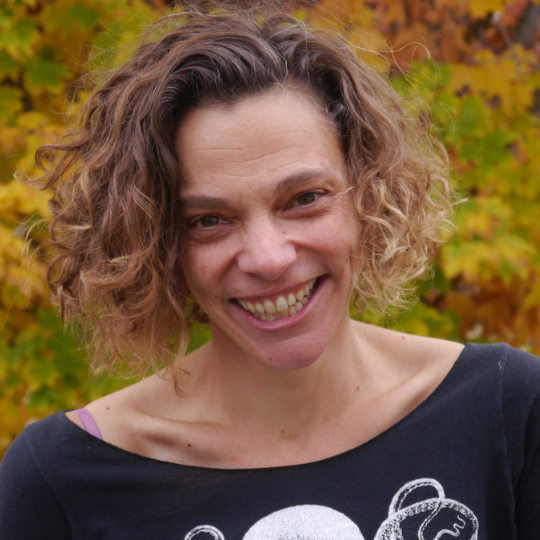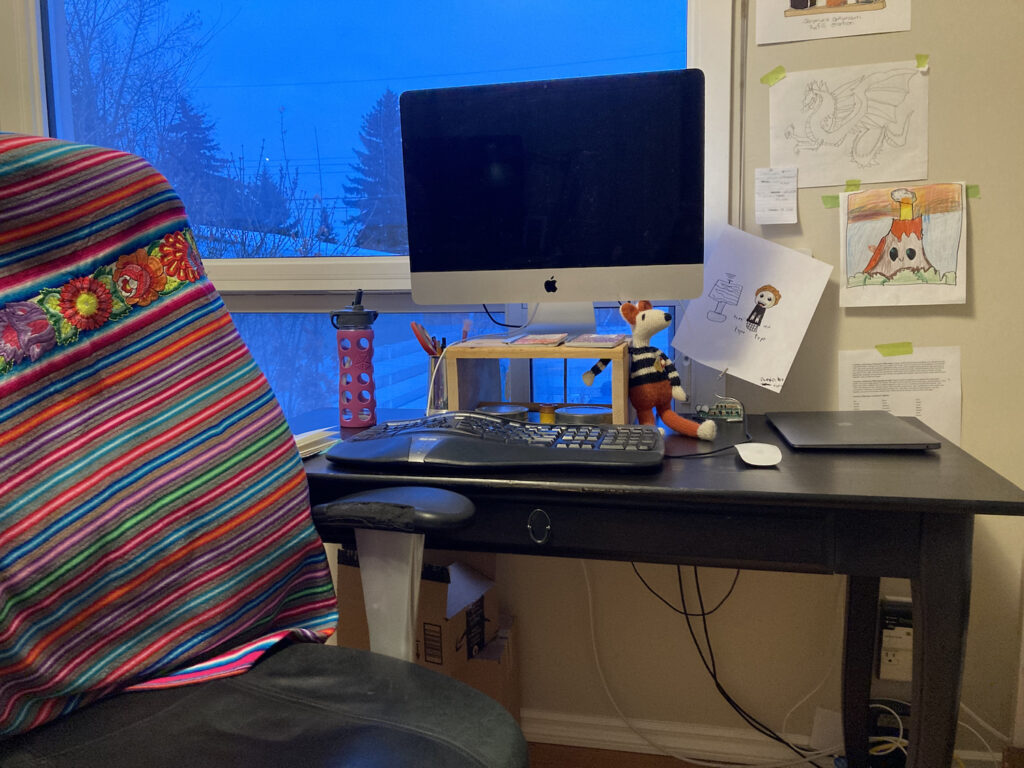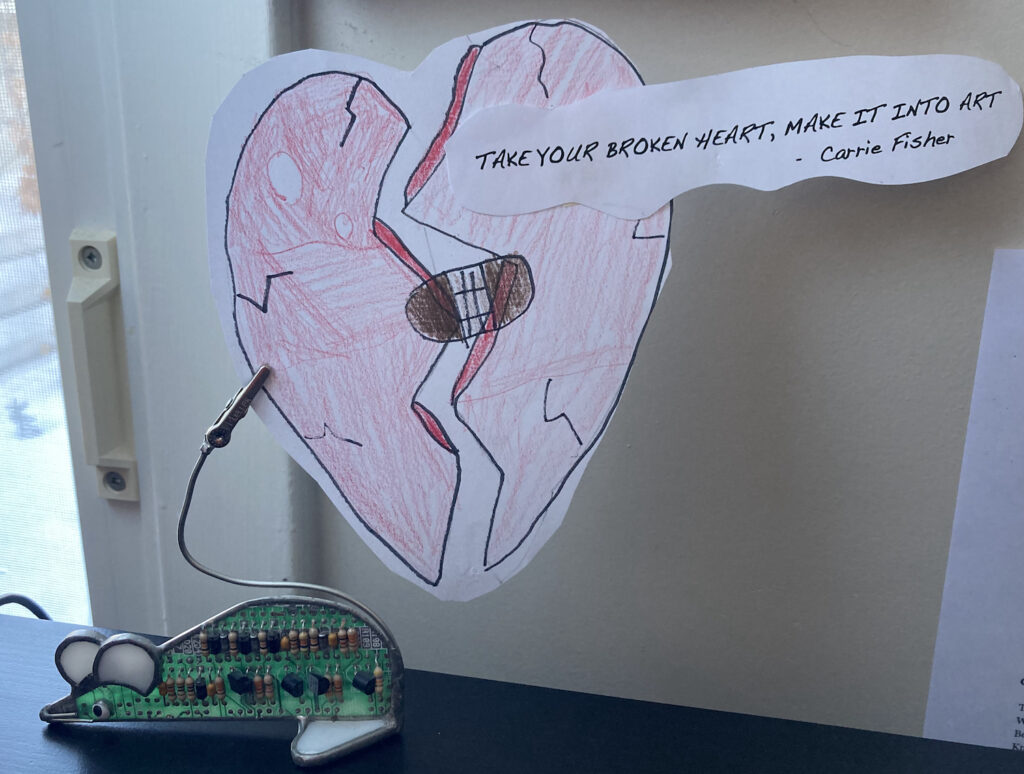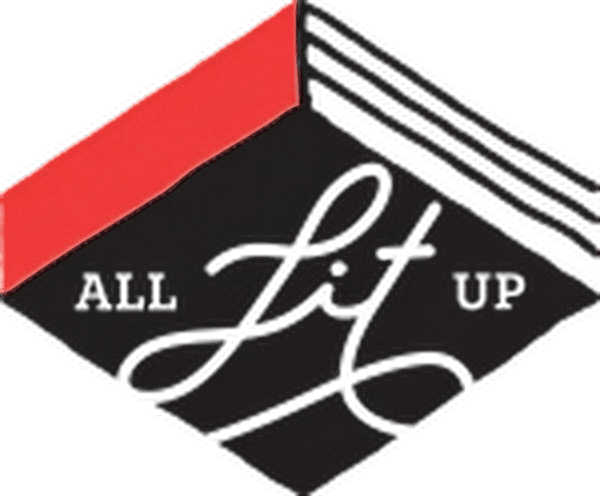Your cart is currently empty!
Writer’s Block: Jaymie Heilman
In her YA novel Badass(ish) (Ronsdale Press), Jaymie Heilman encourages its young readers to stand up for what they believe in, even if it’s hard. We talk to Jaymie about her writing-for-kids philosophy, her tips for circumventing writer’s block, and why you should never, ever give up.


All Lit Up: Which writers have had the most impact on your writing?
Jaymie Heilman: I’m a huge book nerd and I read constantly, so I would love to think that I’ve learned about what works, and what doesn’t, from all those books I devour. That said, there are two craft books that have had an outsized influence on my writing: Lisa Cron’s Wired For Story and Jessica Brody’s Save the Cat Writes a Novel. Both of these books break down the inner mechanics of how stories work and how to make them compelling. Both books drive home the importance of internal and external conflict, stakes, and transformation – and I go back to both of them regularly as I plot and revise my stories.
ALU: What do you enjoy reading?
JH: I’m happiest when the book in my hand is a contemporary Middle Grade or Young Adult novel – and it’s no accident that those are the kind of stories I write. The comedian Stephen Colbert said, “As far as I can tell, a young adult novel is a regular novel that people actually read.” Real-life stories about teenagers and almost-teenagers are especially compelling because the teens’ emotions, challenges, and changes are both so new and so super-charged. It’s hard to be a kid, and books that help kids (and former kids) make sense of life’s ups and downs are absolute treasures.

ALU: Do you have a book that you’ve gone back to and read several times?
JH: Almost every book by Rebecca Stead falls into that category. I’ve read and re-read When You Reach Me, Liar & Spy, Goodbye Stranger, and Bob (co-written with Wendy Mass) so many times that my copies are falling apart. These books have such a brilliant mix of compassion, humor, and respect for kids and their struggles that I just keep going back to them.
ALU: Have you ever experienced writer’s block? What did you do about it?
JH: I definitely get stuck occasionally, unable to figure out how a character would react or how a story should end. I get ‘unstuck’ with these two strategies:
- I write the worst possible paragraphs I can and add a sidebar note that says “This sucks. Fix it later.” I’m all about terrible first drafts and the magic of revision.
- I work on a different project. I’m the kind of writer who needs to have multiple books on the go, so that when I get frustrated with one, I can switch gears and work on the other one. Nothing helps my stories more than being left to stew and ferment in the back of my brain. When I come back to the original project, the path forward is always much clearer.

ALU: Do you have any rituals that you abide by when you’re writing?
JH: My only writing ritual is my routine. After I get my son to school each weekday, I sit down at my desk – or in a comfy chair with my laptop – and get to work putting new words down on the page or revising old ones. When I’m in the drafting phase of a new project, I set the goal of one thousand new words a day and I keep going until I hit or exceed that goal. Those one thousand words are often horrible, clunky, and cheesy – but that’s okay. The hardest part for me is cranking out that rough first draft and then I can move on to my favorite part: revising, re-revising, and re-re-revising until I’m happy with the story.
The other part of my writing routine is sharing with critique partners. Once a week, I meet online with four other middle grade/young adult writers and we discuss everyone’s submissions. I also have a longstanding critique partner and we trade 5000 words once a month. All of my projects are stronger because of their insights and suggestions, and I also learn a ton about writing by providing feedback on my critique partners’ amazing stories.
ALU: What’s the toughest part about being a writer?
JH: Rejection! Getting a ‘no’ from an agent or editor stinks – it can be discouraging and pretty demoralizing. I’ve ugly cried more than a few times after getting a disappointing answer. But even though rejection rots, it’s part of the game of traditional publishing. Many of my favourite writers – B.B. Alston, Adi Alsaid, Gillian McDunn, among others – have shared stories about tough rejections and others have noted that you just have to keep writing, keep trying, and keep improving. My favourite story of rejection is from the amazing author Kate DiCamillo who received 473 rejection letters before she got a big yes. As she puts it, “What if I had given up at 471? Do not give up.”
* * *
Thanks to Jaymie Heilman for answering our questions! Her book Badass(ish) is available on ALU or via your favourite independent bookstore.




